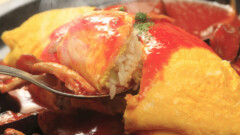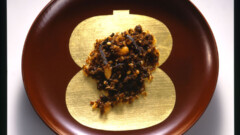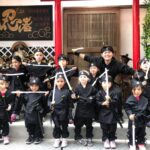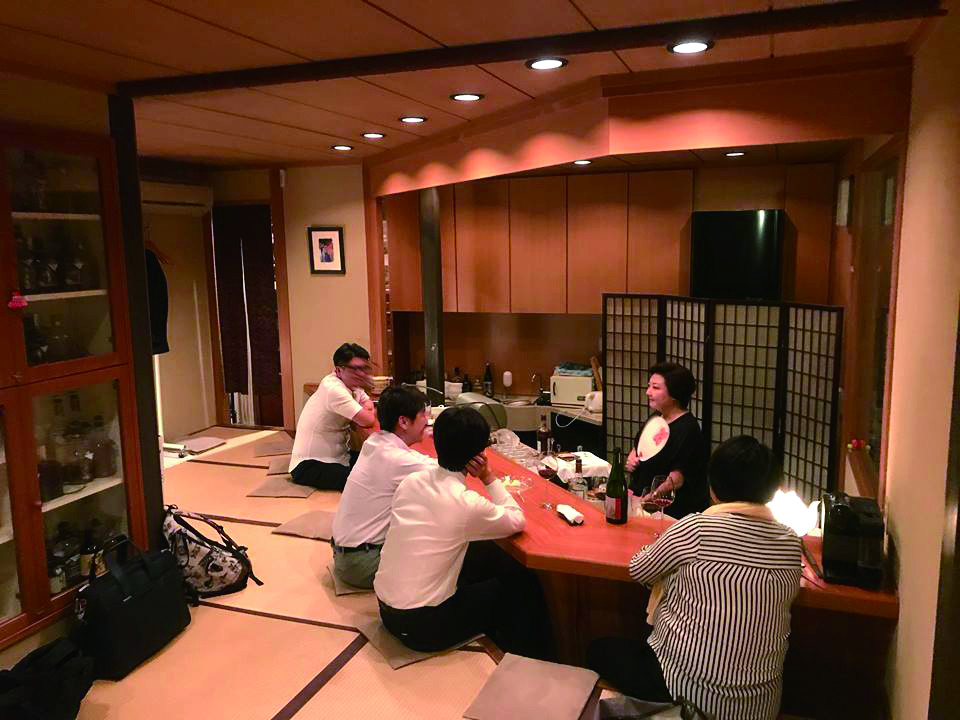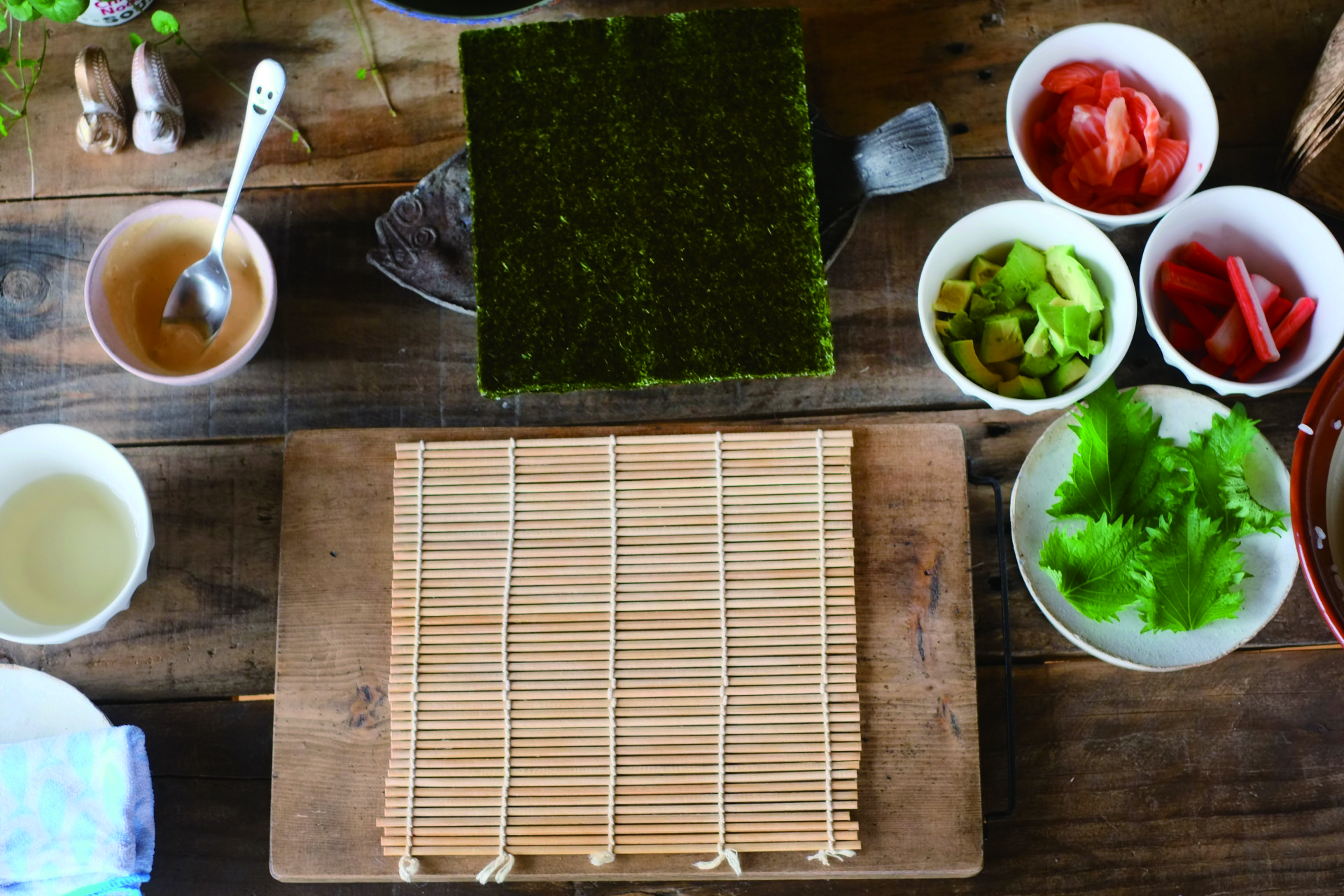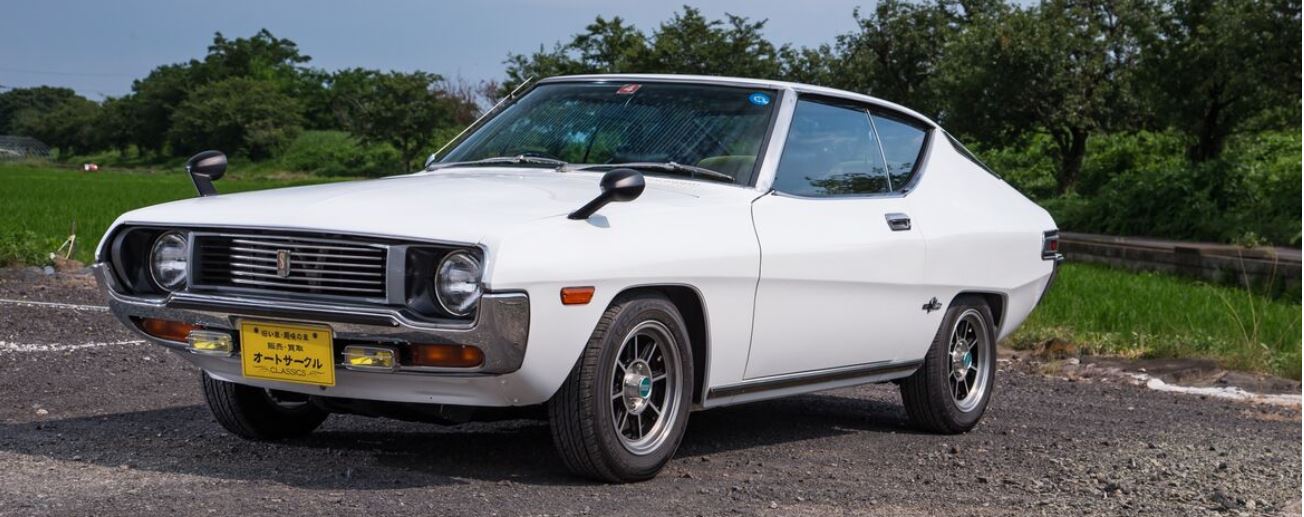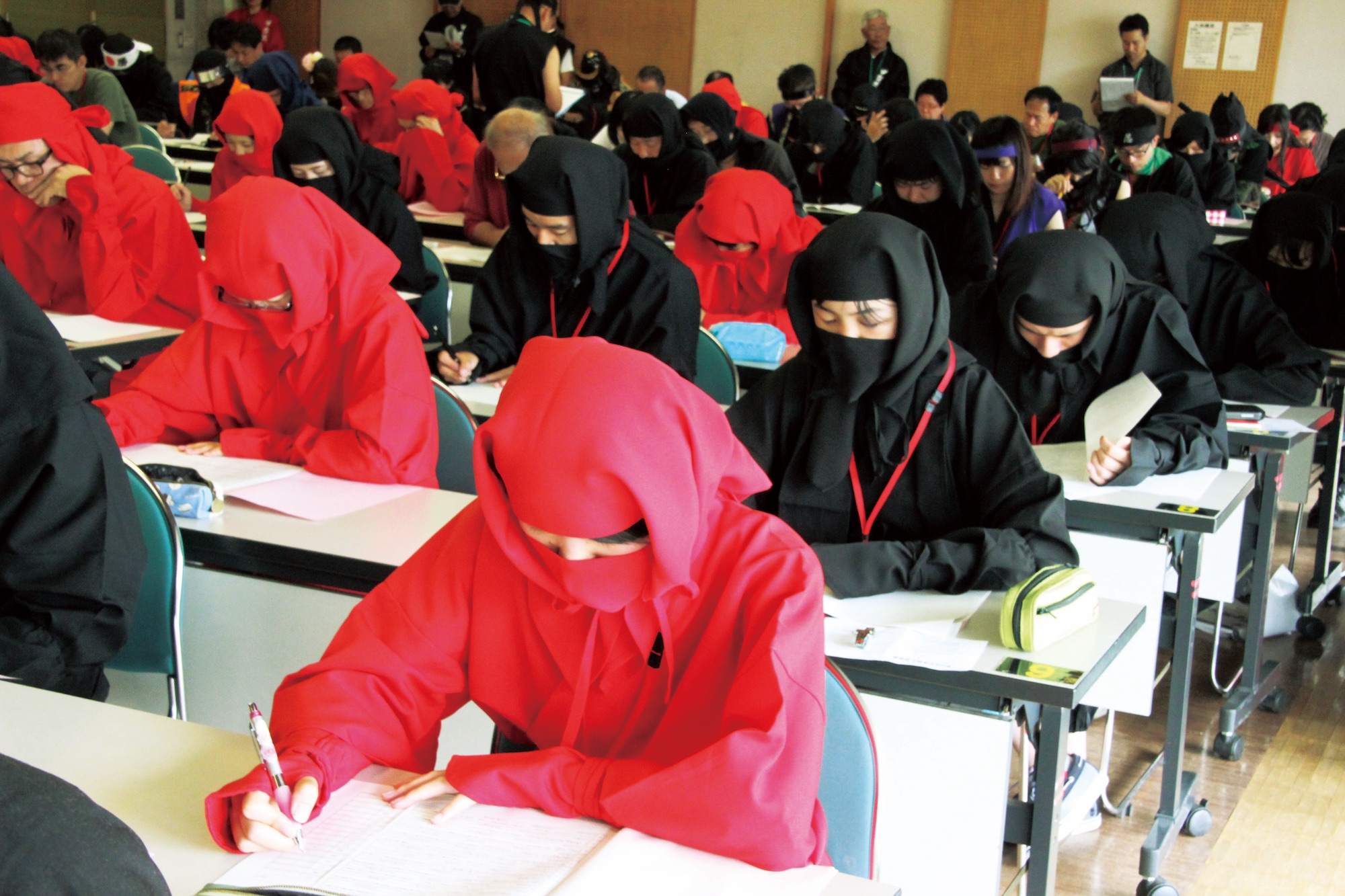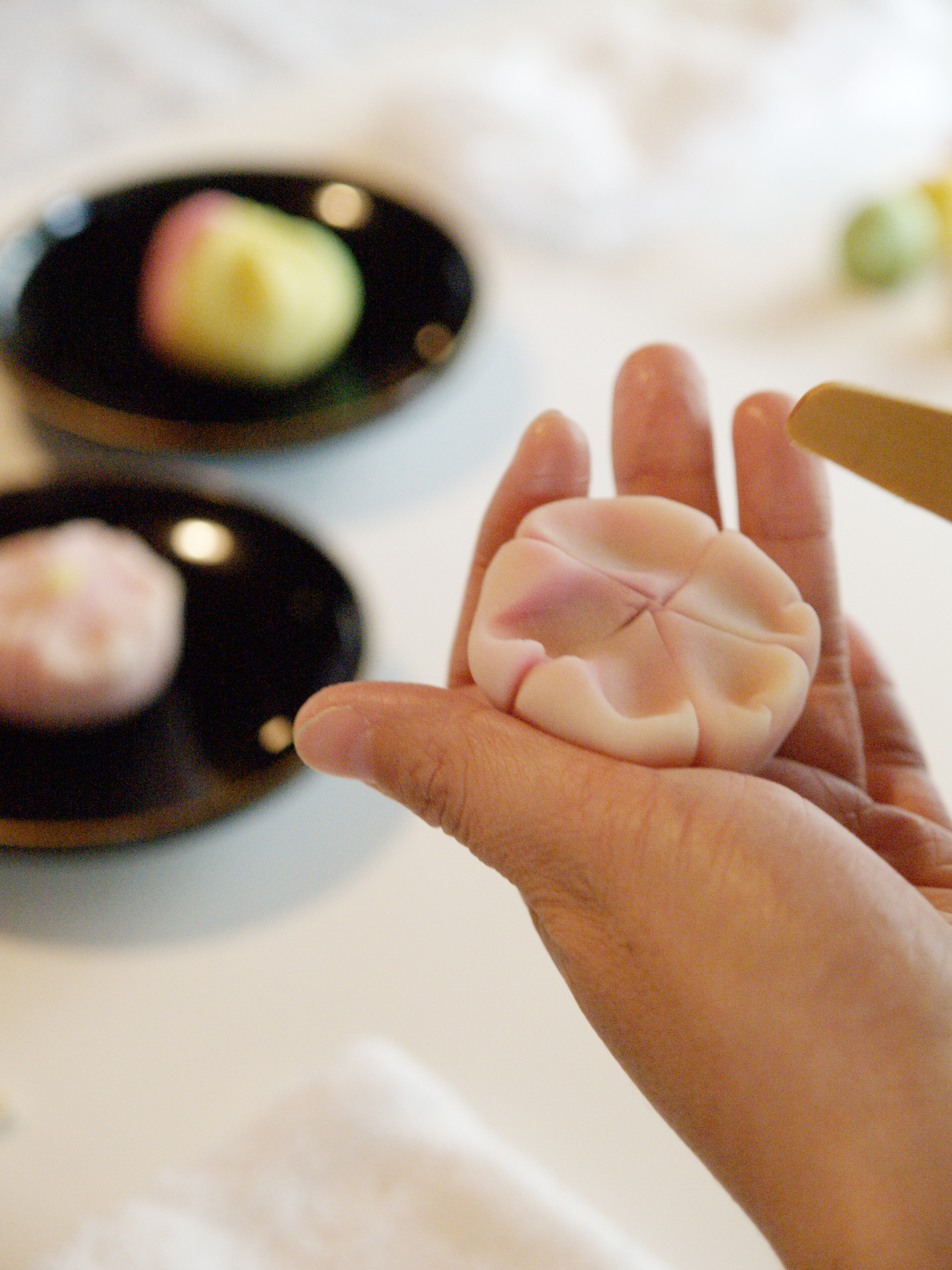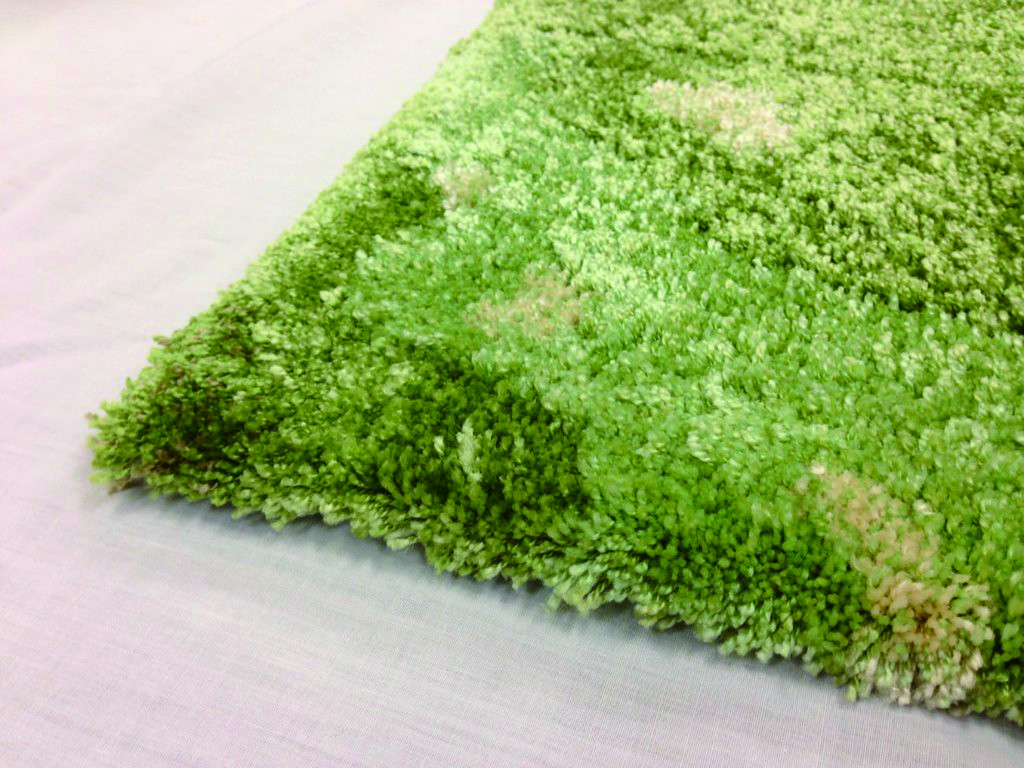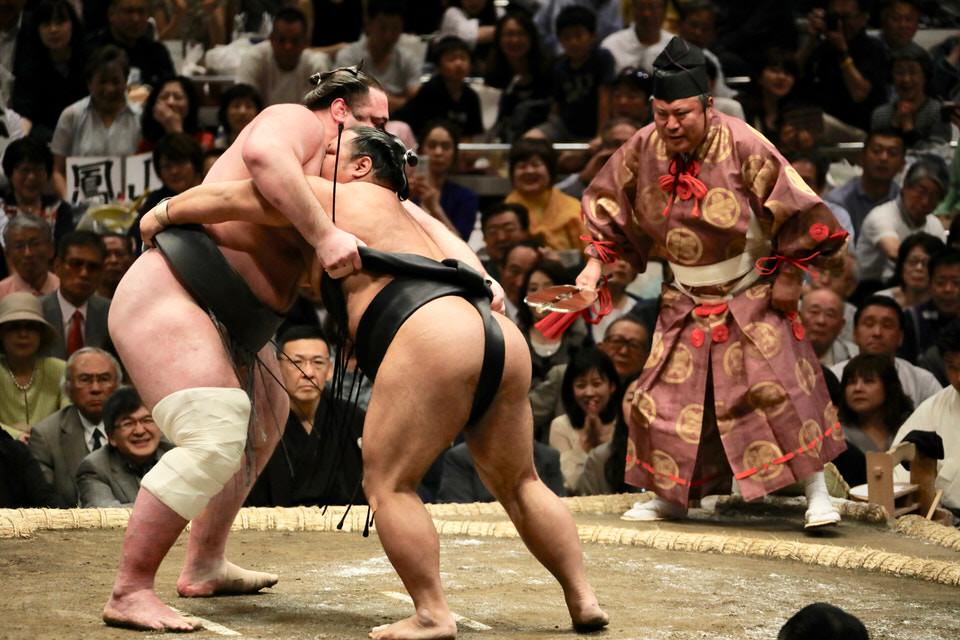
Sumo: A Combat Sport
As a combat sport that is unique to Japan, sumo bouts take place in a dohyō – a 15ft-diameter ring made of clay-mixed sand. Each of the two white lines, or shikiri-sen, sits in parallel at 1.2ft away from the center of the circle.
At the beginning of each bout, two sumo wrestlers, rikishi, position themselves behind the shikiri-sen. After both wrestlers have clenched their fists and touched the white lines, the match officially begins.
Sumo’s rules are simple. If a wrestler is forced to step out of the ring or touch the ground with any body part except the sole of his feet, he loses. Pulling an opponent’s hair or grabbing their crotch area will result in an automatic disqualification.
Because their bouts take place in such a small ring, collisions are high-impact. Since the wrestler’s weight plays a vital role in the sport, an essential part of their training involves building muscle and an armor of fat. Most wrestlers weigh over 220lb and some weigh close to 440lb.
Although you may think a heavier rikishi always wins, sumo is not that straightforward. With superior techniques, a smaller wrestler can defeat a heavier opponent. In the professional league, Chiyonofuji is considered one of the greatest yokozuna of all time, i.e., the highest rank in Grand Sumo. At 6ft tall and 280lb, Yokozuna Chiyonofuji was known for his slender yet muscle-bound frame.
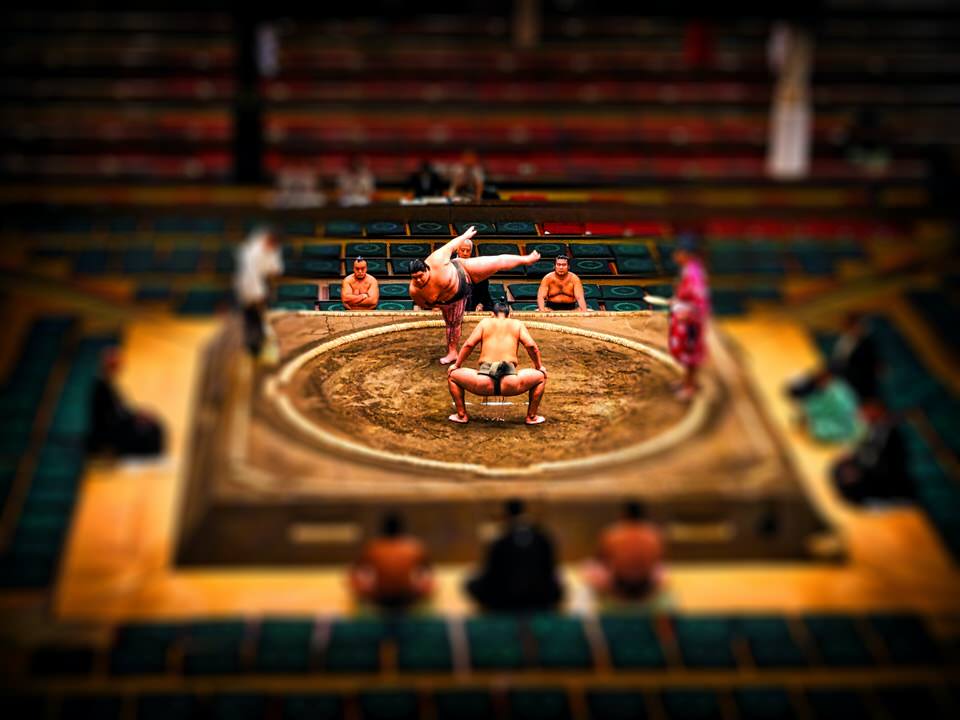
This video – featuring Yokozuna Chiyonofuji and the former Hawaiian football player, Konishiki – shows how the yokozuna skillfully threw the 487lb opponent to the ground.
Note how well-calculated tactics, such as adjusting the angle and strength of a collision, properly positioning the arms and knees, and executing techniques with a high degree of accuracy enables a smaller rikishi to defeat his heavier rival.
Here is another video of Chiyonofuji at work in the ring. Facing Yokozuna Kitanoumi, he adopted an entirely different fighting style and was not yet at his opponent’s level. Their back-to-back bouts to determine the tournament winner are considered the greatest matches in the Grand Sumo Tournament history.
Author profile
- Yasushi Kurita was born in Tokyo. He has spent the last 30 years as a writer for print publications and TV. When he was in college, he spent two years in New York. His favorite band is the Atlanta Rhythm Section, making him one of about 15 Japanese people who actually like that band.













